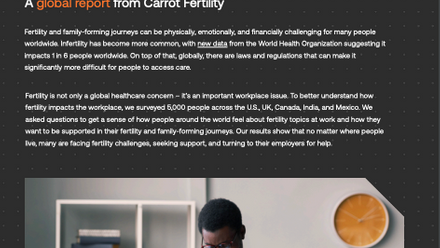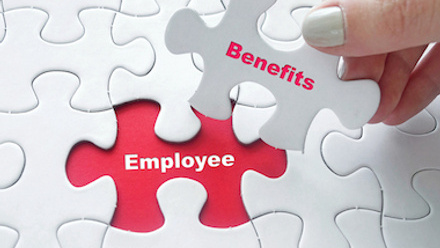10 steps to ensure a global reward strategy is fair to all

Whilst they’re a thoughtful and effective way to boost workplace engagement, simply offering rewards for the sake of it won’t have the positive effect you might think. In fact, they can actually be pretty damaging.
It’s important to understand that employee rewards will have a perceived value attached them, even if they’re of the cashless or experiential variety. This is where ensuring fairness in your rewards strategy is key to success – but what do we mean by ‘fair’ exactly?
More equal than others?
A workforce’s engagement with a reward strategy will be based on a few core factors; including:
- The amount of effort an employee must invest to be rewarded – Are the rewards on offer attainable within your employees’ job roles? Or are they given simply for the sake of keeping people happy?
- The quality and impact of an employee’s performance on the business and the workplace in general – If someone is being rewarded, is it because their behaviour or performance in the workplace has had a ripple of positivity throughout their team or wider business?
- How complex or demanding their current role might be – Has someone really gone above and beyond, or are they just doing their job?
- The employee’s experience and training for their role – Is a lack of experience or training holding people back in going higher and further?
- How it relates to the company’s own vision and values – Both recognition and rewards are most effective when they’re tied into these values.
A rewards strategy will only truly be effective if the criteria for being rewarded considers all these factors and is consistent across the whole business.
It’s also important to remember that when a business succeeds, it’s because of the people who work there – and every single one of them will play their part. It’s not just the person that delivers the presentation, signs the contract, posts the earnings report, or sits at the top of the ladder; a positive workplace culture recognises success at all levels.
10 steps to rewarding success
So, the million-dollar question: how can it be done, taking all these factors into account? Well, if you follow these 10 steps, you should be on the right path…
- Create a simple and strong rationale for introducing a global rewards strategy and identify any key organisational issues that could impact upon it. From the very beginning, be clear on how it will benefit your organisation and its employees.
- Identify how it’ll fit with any overarching business strategies you might have and involve your HR teams in any initial planning that takes place.
- Look to match your reward strategy with key measures of success for your organisation – this will ensure everyone is pulling in the right direction.
- Review any re-existing reward practices you may already have – if they’re simply not working, don’t be afraid to bin them and start from scratch!
- Get input from key stakeholders and involve your employees in deciding what rewards will be the most effective motivators.
- Set your reward goals based on the outputs of steps 1 to 4. This will account for the requirement of the reward strategy to fit your company’s culture, vision and goals.
- Take the time to review any external trends or practices. Are there any outside influences that could affect the roll-out and effectiveness of your rewards strategy?
- Considering your existing HR and reward practices, assess the organisational fit of your strategy and how it can work across multiple levels of your business.
- Conduct a final review and incorporate stakeholder and employee feedback before presenting for final approval.
- And finally, communicate your rewards strategy to all areas of your business, hit the big red button and implement your reward strategy!
Don't forget regular landmarks
Whether your staff have sales, revenue or production targets to meet, don’t keep your employees waiting for the end of the year to congratulate them on a job well done or reward them for going above and beyond the call of duty.
A reward can be in the form of a simple ‘thank you’, to perhaps something more tangible in the form of a reward voucher or gift card – but regardless, as long as you follow the 10 steps we’ve outlined, it should be something that will create engagement, boost productivity and breed success from within.
This article is provided by Sodexo.
In partnership with Pluxee UK
Pluxee UK, is a leading employee benefits and engagement partner that opens up a world of opportunities to help people enjoy more of what really matters in their lives.







